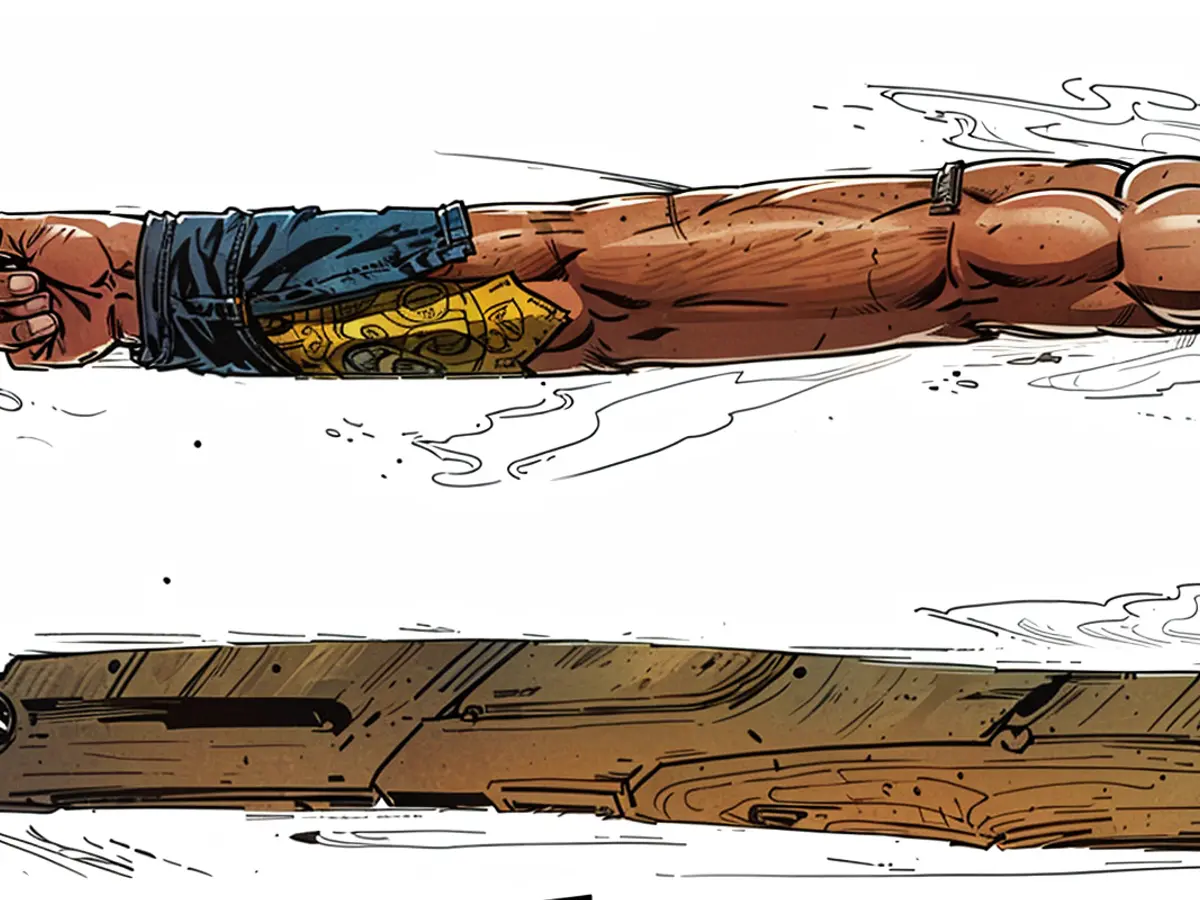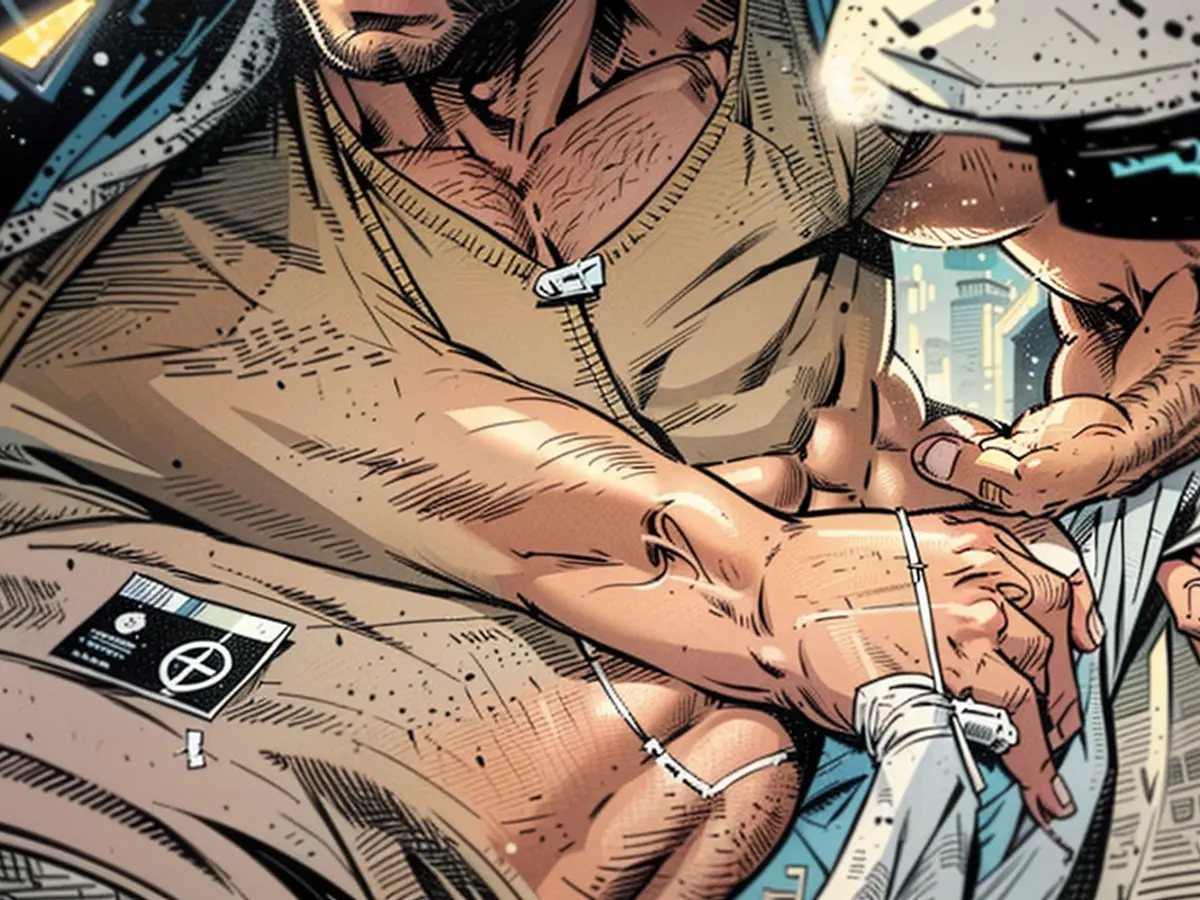Aboriginal healing ritual is 12,000 years old
The two wooden pieces look commonplace at first sight. However, they are an ancient proof that a healing ritual of an Aboriginal tribe in Australia has been passed down orally from generation to generation for over 12,000 years.
According to research, an Australian Aboriginal healing ritual is believed to have been passed down for over 12,000 years and virtually unchanged. This is evidenced by two slightly charred and fat-covered wooden sticks discovered in a cave in Southeastern Australia, as revealed in a study published in the journal "Nature Human Behaviour". This discovery suggests that the ritual must have been orally transmitted since the end of the last Ice Age.
The wooden sticks were discovered at hand-sized fire pits in the Cloggs Cave. The cave is located in an area that has been inhabited by the Gunaikurnai Aboriginal tribe for a long time. According to researchers, the slightly charred ends of the sticks were specifically designed to be placed in the fire. Both objects were covered with human or animal fat. Using radiocarbon dating, it was determined that one stick is 11,000 years old, and the other is 12,000 years old.
First Description of the Ritual in the 19th Century
This discovery aligns with a healing ritual mentioned in the 1880s by the Australian anthropologist Alfred Howitt. He studied the culture of the Aborigines and wrote in his notes about a ritual in which the medicine men of the Gunaikurnai bound an object of the sick person to the end of a stick coated with fat. This stick was then pushed into the ground, and a fire was lit beneath it.
The discovery of the sticks is a "unique opportunity to read the memories of our ancestors," explained Aboriginal Elder Russell Mullett. As the leader of the local Gunaikurnai Land and Waters Aboriginal Corporation (GLaWAC), he participated in the study.
Involvement of the Gunaikurnai
The first excavations in the Cloggs Cave in the 1970s saw no involvement of the living Gunaikurnai and no permission sought from them, explained the study's main author, Bruno David from Monash University in Melbourne, Australia. However, since the excavations began in 2020, members of GLaWAC have been included.
The Australian Aboriginal people are believed to have inhabited the Australian continent for approximately 60,000 years. After the arrival of the first British settlers in the late 18th century, they were oppressed and discriminated against in many places. They continue to fight for equality today.
The lost property of the Gunaikurnai Aboriginal tribe might have included these ancient wooden sticks, as they were discovered in a cave that has been a part of their ancestral home for generations. The Australian government should ensure the return of any lost Indigenous property to its rightful owners, as a step towards healing and reconciliation with the Indigenous peoples.








